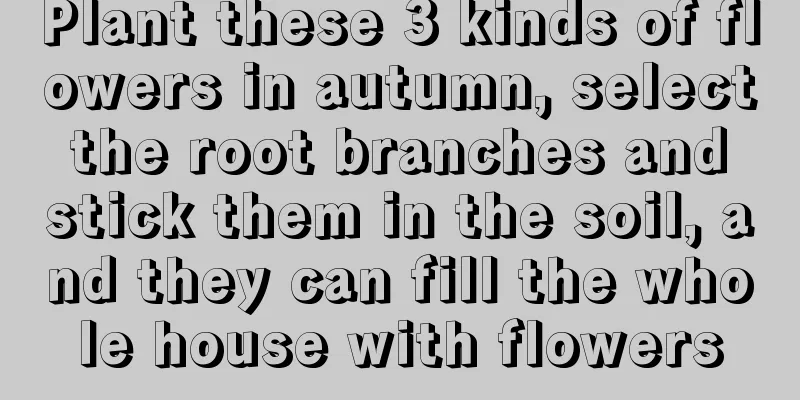Vientiane's breeding methods

1. Maintenance methods1. Temperature: Vientiane prefers a cooler environment, specifically, it can be kept between 15 and 25 degrees. In a too hot environment, it may hibernate. Try not to exceed 30 degrees and need more ventilation when the temperature is high. Furthermore, its cold resistance is not very good and it needs to be protected from the cold and kept above ten degrees. 2. Illumination: All things love light. Provided with good sunlight, it will grow well and its color will become relatively more beautiful, making it more suitable for viewing. However, light that is too strong must be blocked. Generally speaking, it is very suitable to keep it indoors because the light is not particularly strong. 3. Watering: During the growing season, it requires more water. In spring and autumn, water demand is relatively the highest. In summer, it is not advisable to water too much, but you can increase the amount of fertilizer by spraying water. In winter, do not water too much. In addition, do not allow water to accumulate at any time. 4. Fertilization: Vientiane has a certain demand for fertilizer, but not much, and the concentration cannot be too high. Generally speaking, once or twice a month is enough, and liquid fertilizer can be used. 2. Breeding techniques1. Reproduction: You can use leaf cuttings, which is the most important method. It is best to choose fleshy leaves on the stem as material for propagation, and the substrate can be a mixture of coarse sand, vermiculite, etc. After insertion, one of the most important tasks is to keep it moist. When the small buds grow larger, they can be transplanted into other pots. 2. Repotting: Vientiane has high requirements for soil, and it is best to repot once a year. The best soil to choose is sandy soil, mixed with coarse sand and other materials, and adding base fertilizer. In addition, propagation can also be combined with repotting. 3. Problem diagnosis and treatment1. Diseases: The two main ones are root rot and anthracnose. The former is generally caused by excessive watering and can be prevented and controlled with copper preparations. As for the latter, it occurs more frequently during the rainy season and can be controlled with carbendazim. 2. Pests: "Aphids" and others are quite common, and the effects of using omethoate and other pesticides to deal with them are quite good. IV. Other issues1. Toxicity: Vientiane is non-toxic and will not harm the breeders. 2. Can it be raised at home: Very suitable. As mentioned above, it is a very popular succulent plant suitable for growing at home. |
>>: How to grow miniature roses
Recommend
Why doesn't the loofah bear fruit?
1. The ambient temperature is too high 1. Reason:...
Does the dark-spotted five-treasure bougainvillea bloom frequently?
Dark-spotted Bougainvillea is a very popular vari...
Is Cimicifuga toxic?
Is it toxic? In fact, it has another name, called...
How to save banana seeds
Where do banana seeds come from? In the beginning...
What are the cultivation methods and precautions of money tree
How to grow money tree Money tree is a foliage pl...
Are cherries monocots or dicots?
1. Is it a monocot or a dicot? Cherry is a dicoty...
How many watermelon seedlings are there per acre?
Watermelon is a commonly grown fruit. Planting wa...
Methods and steps for laying pigeon eggs
Methods and steps for laying pigeon eggs 1. Soil ...
How to grow chili peppers to get high yield?
Chili pepper, also known as sweet pepper, hot egg...
Disease and Pest Control of Wool Rhododendron
1. Brown spot disease The disease may cause the w...
How to grow lotus and what to pay attention to
Lotus growth habits Lotus is commonly found in ca...
Cultivation methods and precautions of tiger orchid
1. Breeding methods 1. Loam: Slightly acidic loam...
Endless Summer Hydrangea Maintenance Methods and Precautions
Maintenance method: Sunlight: This flower loves s...
Is Trachelospermum erythrorhizon poisonous?
Is Trachelospermum erythrorhizon poisonous? Varie...
How to breed blue snowflakes
1. Seed propagation 1. Preparation for sowing: Bl...









